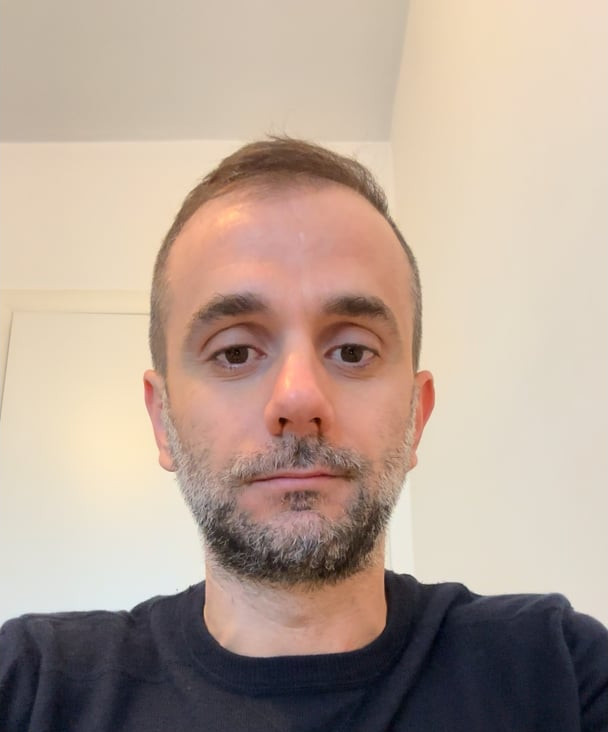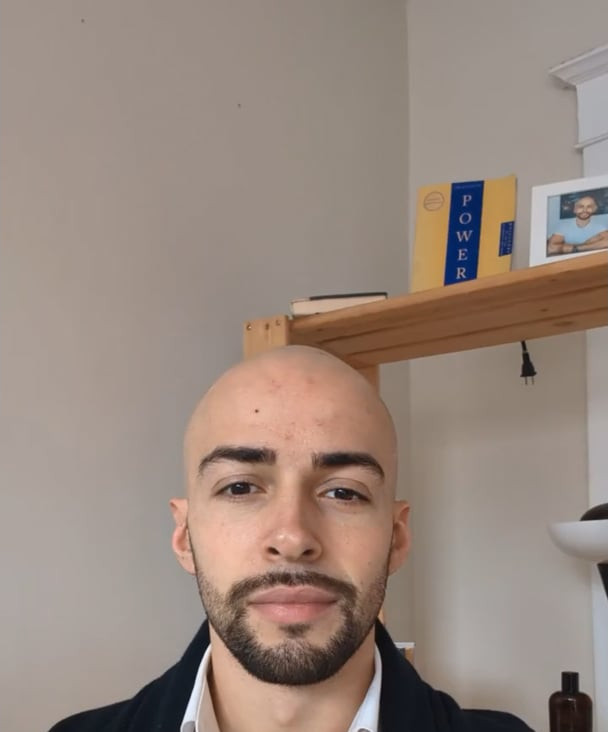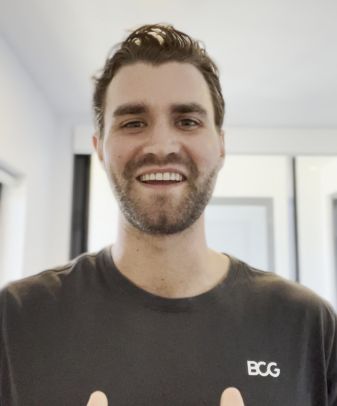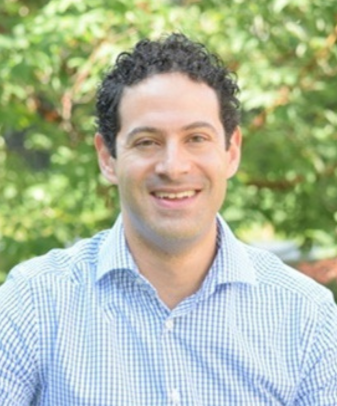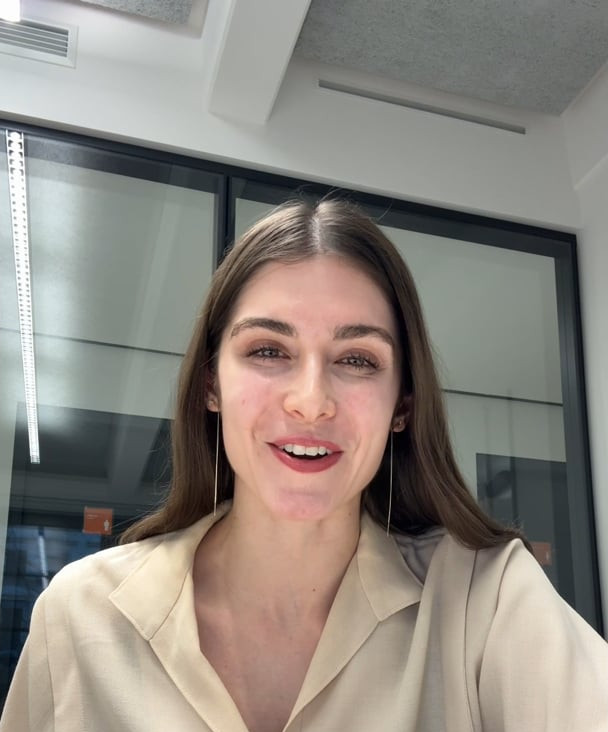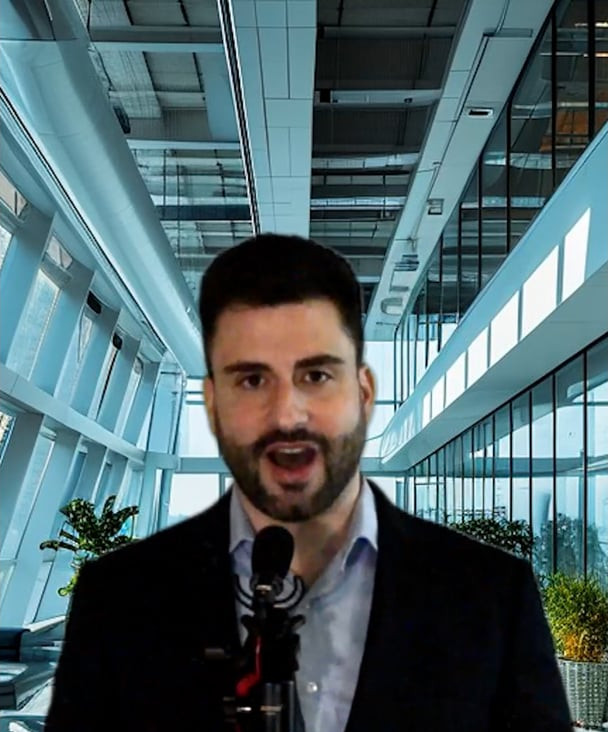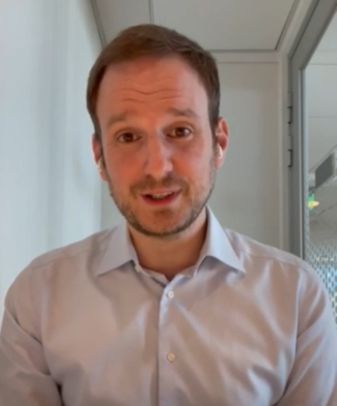Behavioral or personal fit interview questions may sound simple, but they can be quite nerve-wrecking. They force you to think of your relevant past experiences on the spot which can get you rumbling and throw you off balance. That's why most people utilize the STAR method to articulate their responses. ⭐
If mastered well, it can help you answer those behavioral questions in a way that pulls interviewers emotionally and makes your story memorable. Read on to learn what the STAR method is and how you can use it to succeed in your personal fit interviews.
What Is the STAR Method?
The STAR method is an acronym that stands for Situation, Task, Action, and Result. It gives anyone prepping for personal fit interviews a structured way to respond to those random and high-stakes questions which often begin with prompts like "Tell me about a time when..."
Let’s break down each component of the STAR method below to make it more clear:
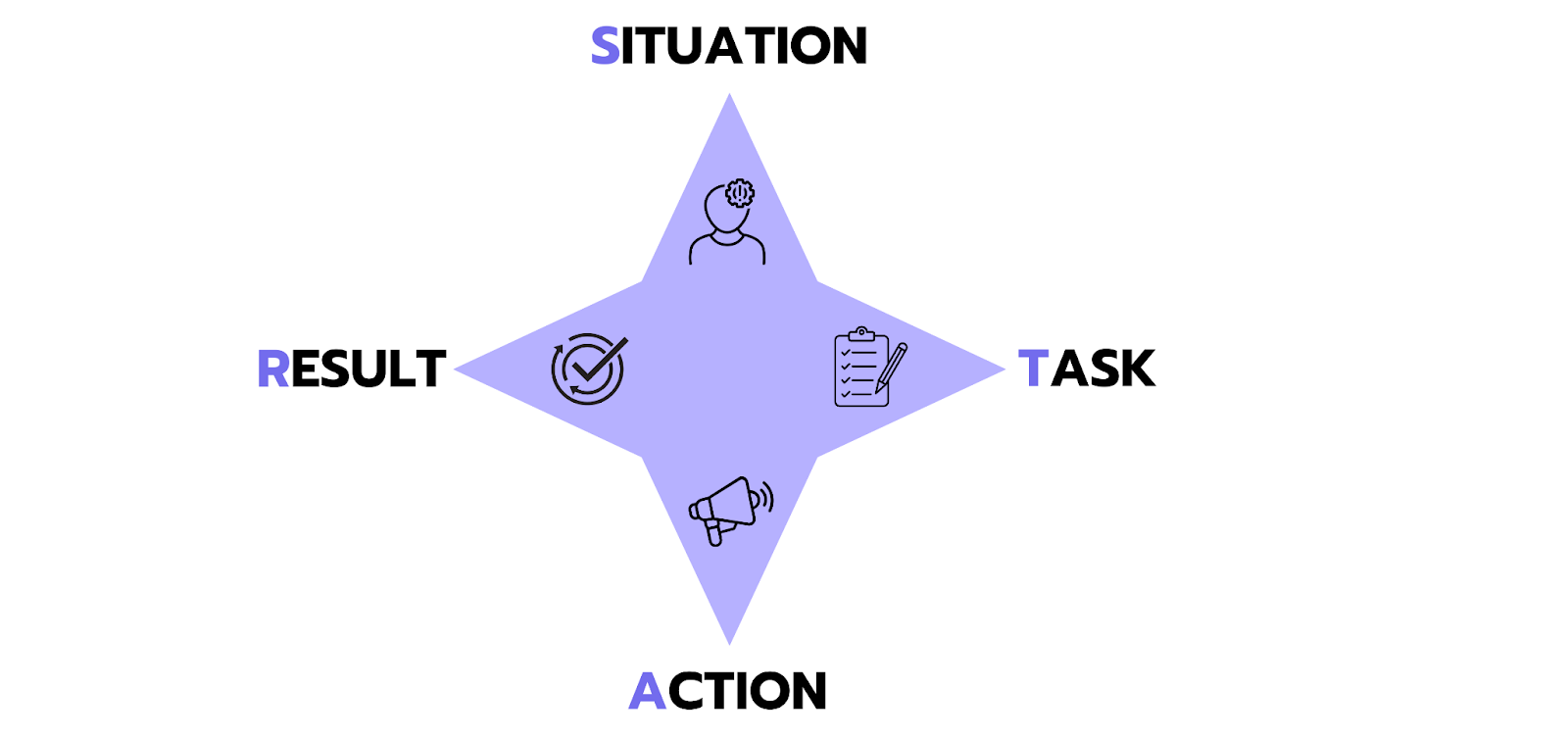
Situation
The first part of the STAR strategy is all about drawing the interviewers attention. You hook them by giving an answer that sets the context for your story. What, when and where did the situation you are going to talk about happen?
Since it's a hook and each question might not have much time, you shouldn’t really spend too long here. Aim for 2-3 sentences maximum while focusing on professional or academic settings as they are more relevant.
To give an example, let's use one of the most common fit interview questions, "Tell me about a time you faced a challenge.” In essence, this question is all about your problem-solving skills and resilience.
Here's an example of a response for setting the context: “During my final semester, I was leading a six-person team for our marketing project, while also balancing three other courses and a part-time campus job.”
Task
Once you have the interviewer hooked, tell them what exactly needed to be done and what the expectations were. You should clearly highlight what was at stake without exaggerating so that the story is believable. At the same time, do not undersell yourself. The goal is to clarify your role and the expectations placed upon you.
With our sample question, this is where we clearly outline what was the challenge and the obstacles faced.
"Two weeks before our final presentation, one team member dropped the course, and another fell ill. We still had to analyze survey data from 200 respondents and create a comprehensive marketing plan for our client, a local non-profit."
Action
For the Action part, you describe what you specifically did. You should highlight the steps you took, your approach to the problem, and your unique contribution. It's a very critical part of your response, as it demonstrates your problem-solving skills, initiative, and ability to overcome challenges.
Use "I" statements to show your personal contribution and focus on your decision-making process. If possible, you can even include specific tools or methods you used and show initiative and leadership.
"I immediately reorganized our team structure and:
- Called an emergency team meeting to reassess everyone's workload
- Created a detailed day-by-day schedule using Trello
- Took on the survey analysis myself since I had stronger data skills
- Set up daily 15-minute check-ins via Zoom to maintain momentum
- Reached out to our professor early to explain the situation and our action plan”
Result
Finally, you share the outcomes of your actions. Not just the results, but the impact of your efforts and lessons learned. The goal is to make a memorable ending that shows you have some lessons that you can apply in this company if hired. So, mention any quantifiable achievements or learnings. A vague response like "things worked out well" won't get you anywhere.
In a nutshell, describe:
- What was achieved?
- How did it benefit others (the department, company, etc.)?
- What did you learn?
"We not only completed the project on time but received a 92% grade. The client implemented three of our key marketing recommendations, and our professor used our project management approach as an example for future classes. This experience taught me valuable lessons about contingency planning and the importance of clear communication during crisis management.”
Why Should You Use the STAR Method?
Below are the benefits of using the STAR method in your interviews.
1. Clarity and Structure
When the interviewer asks a question that you haven't heard or thought about before, it's easy to ramble and be unfocused in your answer. You can even spend too much time trying to give an answer and not come up with anything convincing on the spot.
Since you can't be sure of the questions that will come up, preparing for interviews using the STAR method gives you a clear formula for your responses. This structure allows interviewers to easily follow your narrative and understand your thought process.
2. Highlighting Personal Contributions
Breaking down your experiences into specific components helps you to effectively show your individual contributions and the impact you had in various situations. These are things that interviewers in the finance and consulting industries value since both teamwork and individual performance are critical.
3. Improved Storytelling
People tend to remember stories better than abstract concepts. Using the STAR method allows you to craft compelling narratives that resonate with interviewers, and make you a more memorable candidate. This is crucial in competitive fields like finance and consulting, where interviewers meet many candidates in a single day.
4. Alignment with Firm Expectations
The STAR method aligns well with the expectations of top employers in finance, consulting, and other demanding fields. They often seek candidates who can demonstrate analytical thinking, problem-solving abilities, and effective communication skills. Structuring your responses with this formula helps you to directly address what these firms are looking for in potential hires. You can even align your responses with the specific qualities of the firm you're interviewing for.
Tips on How to Use the STAR Method
Now that you know what the STAR method and its benefits are, we will give you tips on how to use it well in your interviews.
Prepare Your STAR Stories.
To prepare for behavioral interviews, reflect on past experiences that highlight key skills like leadership, teamwork, problem-solving, and adaptability. For finance and consulting roles, focus on examples showing analytical thinking, communication, and working under pressure. These diverse STAR stories will help tailor your responses.
Structure Your Stories Using the STAR Framework.
Once you’ve identified relevant experiences, the next behavioral interview preparation tip is to structure them using the STAR framework. Consider each component of this strategy and work around those impactful experiences you've listed. Aim to create narratives that are engaging and easy to follow. In your practice sessions, focus on clarity and focus. This way, you can refine your stories and eliminate any unnecessary details.
Don’t Be Too Rigid with the Structure.
The whole point of using the STAR method is to be organized and tell memorable stories. So, feel free to tweak the strategy if the changes will make your response more free flowing. This flexibility can help you put more weight on the parts of your story that are crucial, relevant, and interesting.
How Do You Practice the STAR Method for Success in Personal Fit Interviews?
The STAR approach can feel like a lot of work when you're starting out. But given its effectiveness in clarifying interview answers, you should set aside time to practice this method. The more you rehearse, the easier the strategy becomes and the more smoothly and confidently you can deliver responses during the interview.
Conduct Mock Interviews
Engaging in mock interviews with peers or mentors can be incredibly beneficial when learning to deliver focused answers using the STAR method. So, set up mock interviews where you can practice delivering your STAR responses in a realistic setting. This will help you get comfortable with the format and improve your delivery.
Essentially, the listener acting as the interviewer should ask you common behavioral questions. And you should answer using those STAR stories you listed earlier. Here are some common questions that can be effectively answered using the STAR method:
- "Tell me about a time you faced a challenge.”
- "Describe a situation where you demonstrated leadership.”
- "Give an example of a time you worked in a team.”
